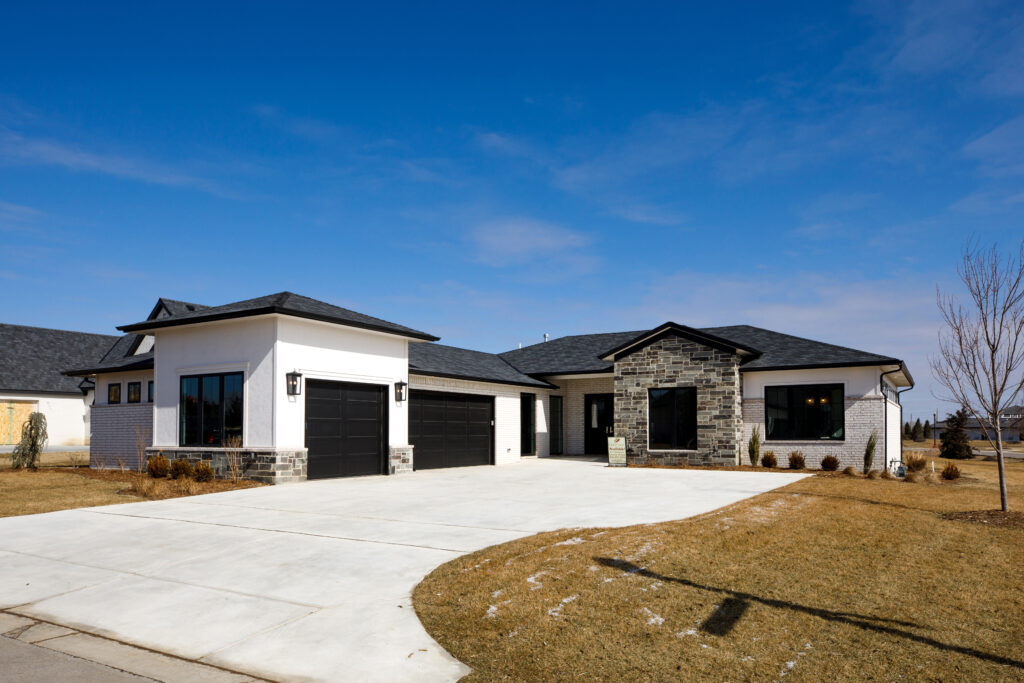Winter-proofing Your Home
Winter-proofing your home for cold and blustery winter weather is essential to keep it warm, energy-efficient, and comfortable. Here are some tips to help you prepare:
Check Windows and Doors:
– Inspect windows and doors for drafts. Seal any gaps or cracks with weatherstripping or caulking.
– Consider using draft stoppers at the bottom of doors to prevent cold air from entering.
Insulate Attic and Walls
– Ensure that your attic and walls are adequately insulated. This helps to keep the warmth inside your home.
– Consider adding extra insulation if needed, especially in older homes.
Seal Leaks and Cracks
– Inspect your home for any leaks or cracks in the walls, foundation, or around pipes. Use caulk or insulation to seal these gaps.
Service Your Heating System
– Have your heating system inspected and serviced by a professional before winter arrives.
– Change the air filter regularly to ensure efficient operation.
Install Storm Windows and Doors
– If you have them, install storm windows and doors. They provide an extra layer of insulation and protection against the cold.
Use Thermal Curtains
– Invest in thermal curtains or heavy drapes to keep the cold air out and the warm air in. Close them during the night to maximize their effectiveness.
Check Chimney and Fireplace
– If you have a fireplace, make sure the chimney is clean and in good condition. Consider installing a chimney balloon to prevent drafts when the fireplace is not in use.
Insulate Pipes
– Insulate water pipes, especially those located in unheated areas like the basement or crawl spaces, to prevent freezing.
Programmable Thermostat
– Consider installing a programmable thermostat to regulate the temperature efficiently, reducing energy consumption when you're not at home or while you're sleeping.
Reverse Ceiling Fans
– If your ceiling fans have a reverse function, use it to circulate warm air downward. This is especially useful in rooms with high ceilings.
Gutters and Downspouts
– Clean gutters and downspouts to ensure proper drainage. This prevents ice dams from forming on the roof, which can lead to leaks.
Outdoor Faucets
– Disconnect and drain outdoor hoses, and shut off outdoor water faucets to prevent freezing and bursting pipes.
Check Insulation in Crawl Spaces
– Ensure that crawl spaces are adequately insulated. Cold air entering through these areas can affect the overall temperature of your home.
Window Insulation Film
– Consider using window insulation film to add an extra layer of protection against drafts and heat loss.
By taking these steps, you can make your home more energy-efficient, comfortable, and ready to withstand the winter chill.
